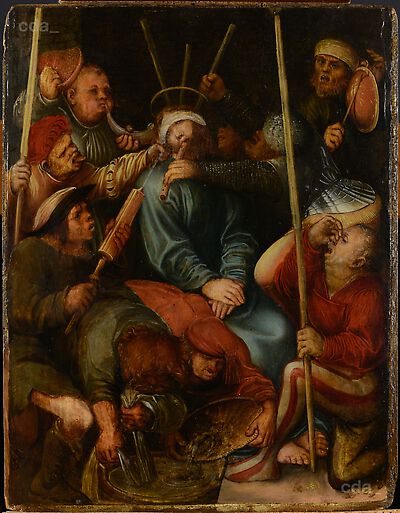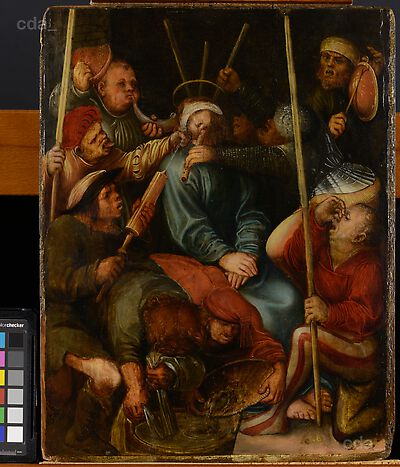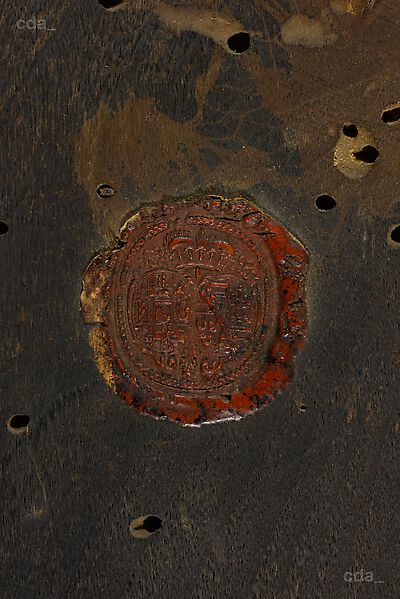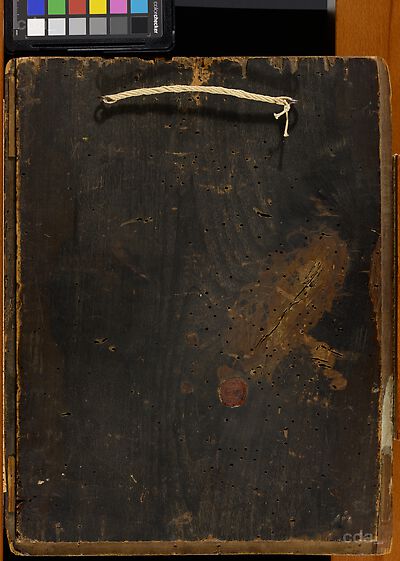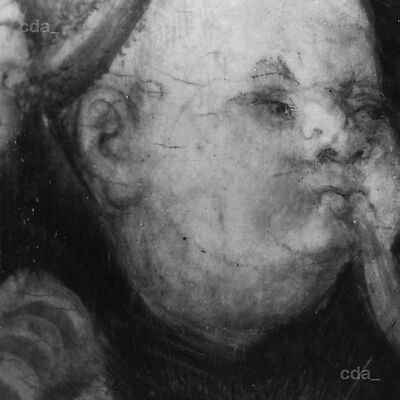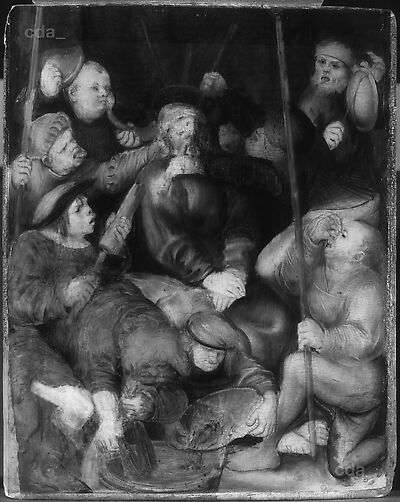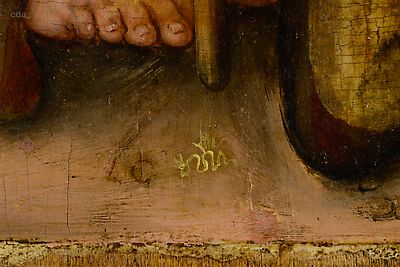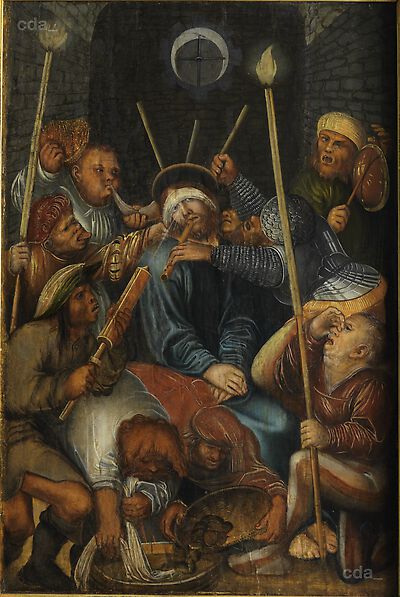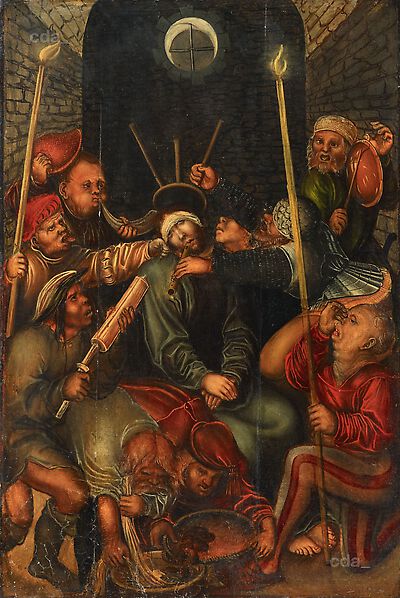- Attribution
- Lucas Cranach the Elder and workshop
Attribution
| Lucas Cranach the Elder and workshop | [Heydenreich, examination report, 30.08.2015] |
- Production date
- about 1515 - 1520
Production date
| about 1515 - 1520 | [Heydenreich, examination report, 30.08.2015] |
- Dimensions
- Dimensions of support: 36 x 28.2 x 1.1 cm
Dimensions
Dimensions of support: 36 x 28.2 x 1.1 cm
[Heydenreich, examination report, 30.08.2015]
- Signature / Dating
The artist's insignia is at the bottom edge: a serpent with elevated wings and facing to the left; in yellow paint
Signature / Dating
The artist's insignia is at the bottom edge: a serpent with elevated wings and facing to the left; in yellow paint
[Heydenreich, examination report, 30.08.2015]
- Inscriptions and Labels
None
[Heydenreich, examination report, 30.08.2015] Reverse of the panel: - a seal imprint in red wax showing the …Inscriptions and Labels
Inscriptions, Badges:
None
[Heydenreich, examination report, 30.08.2015]
Stamps, Seals, Labels:
Reverse of the panel: - a seal imprint in red wax showing the coat of arms of Margrave Ludwig Wilhelm of Baden-Baden (1655- 1707) and Franziska Sibylla Augusta of Sachsen-Lauenburg[1]
[1]Information generously provided by Michel Pastoureau
[Heydenreich, examination report, 30.08.2015]
- Owner
- Repository
- Private Collection
- CDA ID
- PRIVATE_NONE-P176
- FR (1978) Nr.
- FR-none
- Persistent Link
- https://lucascranach.org/en/PRIVATE_NONE-P176/
